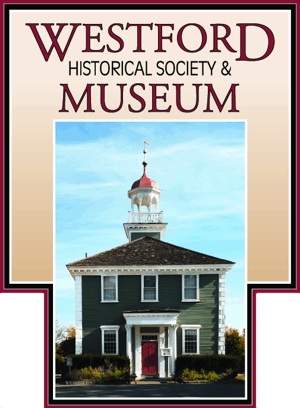Westford is unique because it has more than one village. Many people outside of the community mistakenly think that our villages are separate towns when they look at a map.
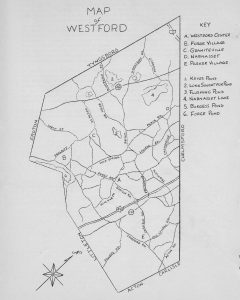
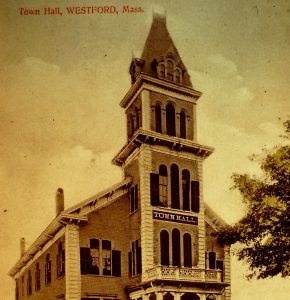
Before the mills were built, Westford’s economy was primarily based on agriculture. Apples were the main crop, but there was also significant business in peaches, strawberries, blackberries, raspberries, and other small fruits. Most farms were dairy farms, and nearly all of them had orchards.
Westford Center, a typical colonial village, featured a general store, a church, and a blacksmith shop. These buildings were arranged around a common area or green, where everyone could graze their animals. This space served as a gathering place for shopping and worship.
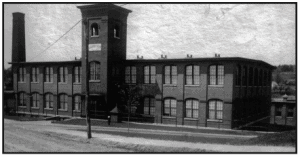
Forge Village: A forge is a workshop where metal is heated, melted, and shaped into various tools and objects. The iron mine in Groton supplied Westford’s forges with the raw material needed to create these items. In Westford, the forge shops produced plows, pitchforks, and other essential farming tools. The workers who operated the forges lived in neighborhoods that were grouped around the workshop, and this area eventually came to be known as Forge Village.
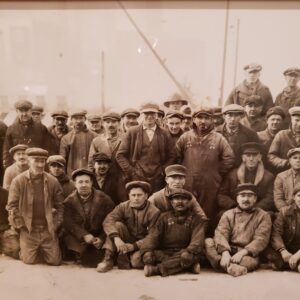
Graniteville: One of the most important industries in Westford was granite quarrying. The town was home to several granite quarries, where large boulders were transported by teams of horses and oxen. These boulders were then loaded onto trains for distribution throughout New England. Notably, the granite used in the pillars at Faneuil Hall Marketplace and Concord’s Minute Man Statue comes from Westford. Since many workers from the quarry lived nearby, the area became known as Graniteville. Granite quarrying still continues in Westford today, with the Fletcher Granite Company on Route 40 manufacturing various granite products.
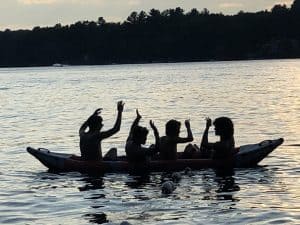
The Nabnasset area was originally known as the “Brookside” section due to its proximity to Stony Brook. In 1924, when the government sought to establish a Post Office in the area, it was renamed Nabnasset after the nearby lake. This renaming was necessary because there was already a post office in Worcester called Brookside. The name Nabnasset is derived from the Native American term “Nabanussuck.”
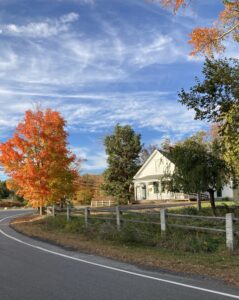
Parker Village is named after the Parker family, who had numerous relatives with farms in that area. As a result of the many Parkers living close together, this area became known as Parker Village. Aaron and Addison Parker were responsible for managing their farms and the nearby brick kilns. A brick kiln is a heated enclosure used for firing and drying bricks.
Questions
In which village is your school?
In which village is your home?
In which village is Kimballs located?
Is there a baseball field in your village, if so which one?
In which village in the common located?
In which village is a lake?
